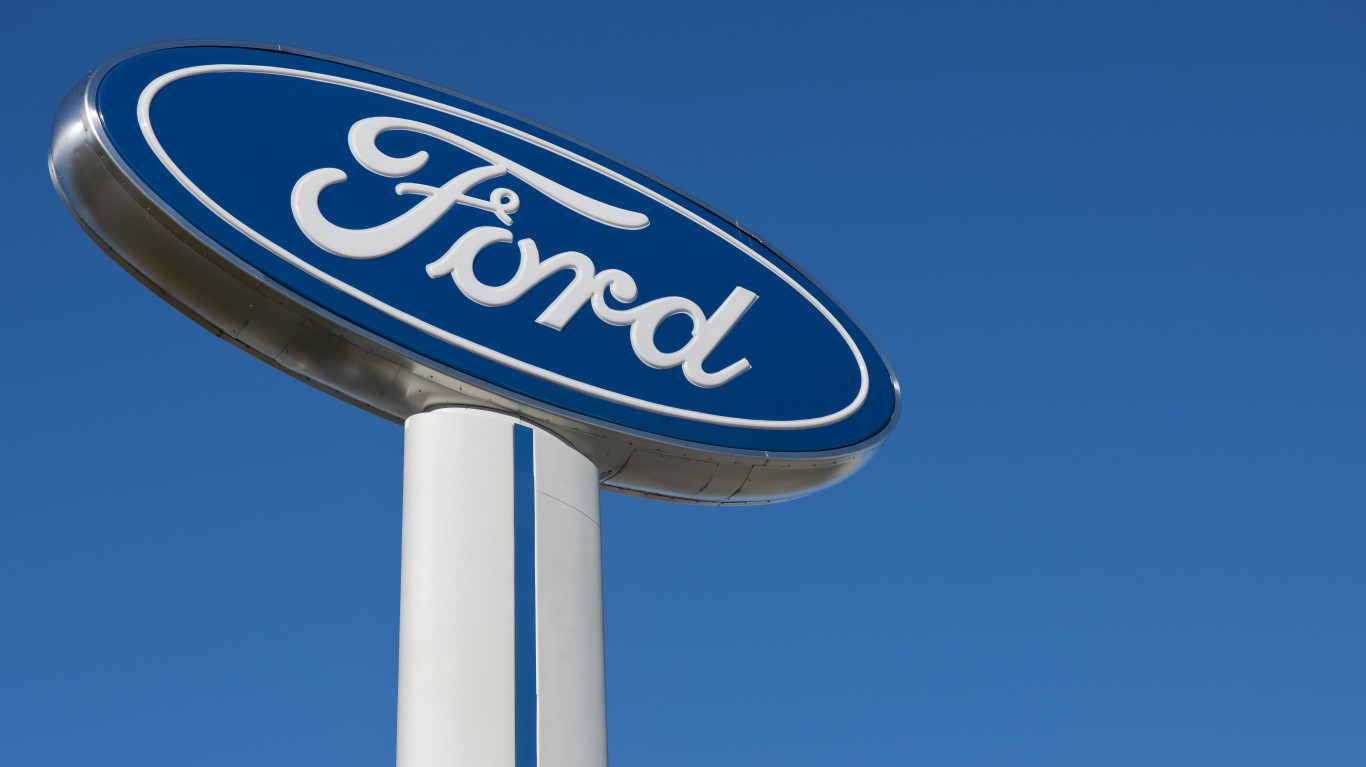
Add a new entry to the list of items in the “if you can’t beat them, join them” ledger. According to a report at Windows Central, Microsoft Corp. (NASDAQ: MSFT) is building a new web browser based on open source code from Alphabet Inc. (NASDAQ: GOOGL) and Google. Chromium, Google’s open-source rendering software, is already the basis for browsers from Opera and others, but if Microsoft is, in fact, building a Chromium-based browser, this represents Chromium’s biggest win yet.
Microsoft introduced its Edge browser three years ago with the release of Windows 10. Edge, however, was not ready for prime time and, even as Microsoft worked through the issues, consumers lost interest in the new browser and Edge is now all but forgotten.
An unnamed source said Microsoft is developing the new browser under the codename “Anaheim,” and Windows Central suggests that the company may introduce the new browser in its development cycle during the first half of 2019. Microsoft engineers are reported already to be working with Google to create a Chrome browser for a new version of Windows that runs on ARM chips.
Poor customer acceptance for the Edge browser is just part of the story, however. Microsoft’s goal with Edge was to construct a browser using a Microsoft-developed rendering engine called EdgeHTML. But the compatibility issues that reared their heads meant that the company’s developers had to spend more and more time re-jiggering the code, all the while losing consumers to Chrome, Firefox and Opera. Work on a native ARM Chrome browser is a better long-term bet because all Microsoft’s browsers could then be running the same engine.
But why continue pouring cash into a product that doesn’t fit in with the company’s long-term plan for growth that is centered around cloud services, not a native browser that everyone’s already forgotten about.
Moving to a Chromium-based engine for a new browser doesn’t make a new pile of money for the company, but it does answer the call from some big enterprise companies for a browser that is included with the rest of the company’s productivity products and that actually works. Building Edge from the ground up wasn’t paying off, so moving to the de facto standard makes sense.
Will Microsoft stick with the Edge name? Probably not. After all, it’s not been a successful product so why keep the name? Besides, it’s unlikely to be a big selling point for home users, and that means some plain vanilla name like Microsoft Browse is probably just as good as anything else.
Thank you for reading! Have some feedback for us?
Contact the 24/7 Wall St. editorial team.

 24/7 Wall St.
24/7 Wall St.



